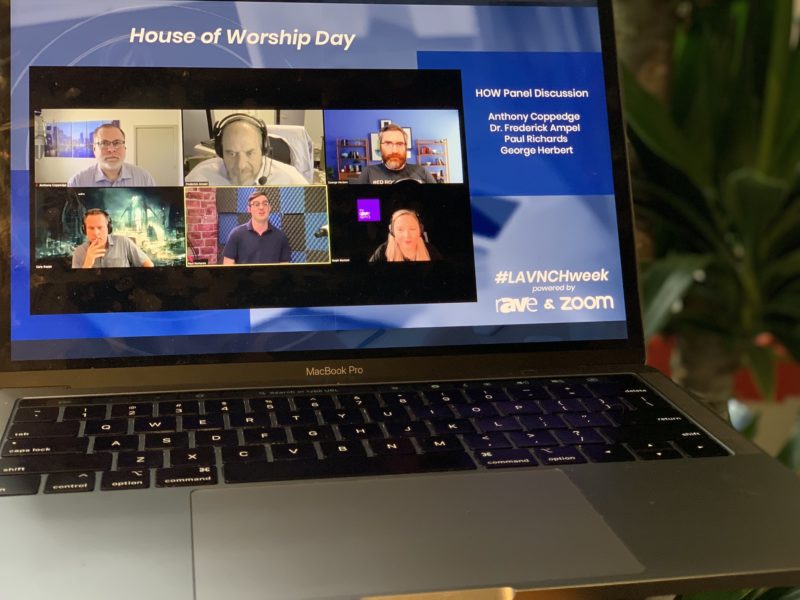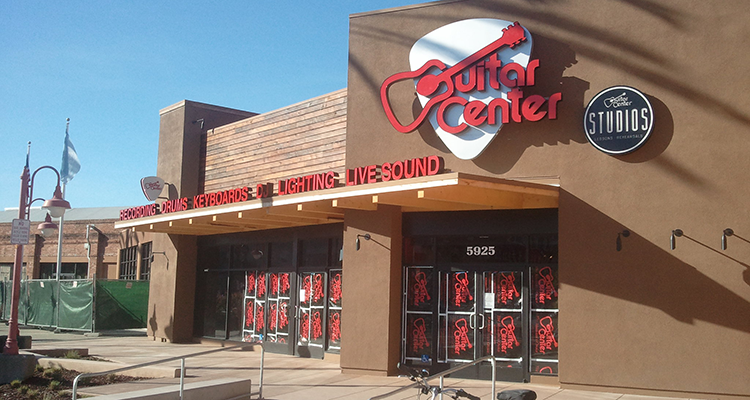Evaluate or Guesstimate
 One of the things a consultant is often asked to do, especially for a repeat client, is to evaluate the work presented by others. Unfortunately, this is usually requested AFTER the proposal or submission has been generated and presented.
One of the things a consultant is often asked to do, especially for a repeat client, is to evaluate the work presented by others. Unfortunately, this is usually requested AFTER the proposal or submission has been generated and presented.
If you’re asked to undertake such an analysis, what you’re really being asked is to determine if what was presented was a viable solution to the problem.
This is an intricate problem to solve because in the AV/IT world there is rarely a clear and precise “right” answer. If this request is made, it is probably a good idea to dig a little deeper and find out “why” the client/customer is asking you to offer an analysis:
- Are they uncomfortable with the solution or the supplier/provider? It really pays to determine which factors are most important. Is it one or both issues on the table? Your actions should be guided by the pain points you can elucidate.
- Once you can determine where the sensitive spots are, focus on becoming a resource and a solution rather than offering analysis and criticism of the presented solution.
While it may be easier and quicker to disassemble and re-work the ideas and technology you’re asked to review- it’s probably not going to really solve the issue the customer is actually presenting you with.
There’s a Reason for the Request
If this lands on your desk, stop and think for a moment. Why did YOU get this call? The answer to that question is the key to understanding how to take the next step in this process.
Our standard approach when presented with this situation is to tell the client/customer that we want a few days to review the information and that we more than likely will want to discuss with them a number of questions and issues once we have had time to properly analyze the situation.
Think First, Then Act
Taking the time to evaluate what was presented and, more importantly, what if anything was left out will enable you to demonstrate your ability to understand who the client is, what they do and what they need in terms of technology, goals and processes.
You grew the relationship that brought you this request by developing a report with the client and building trust and confidence in your ability to meet their needs. Don’t make any quick decisions that could damage that hard-won reputation. They came to you because they felt a certain degree of confidence and comfort. You need to ensure you maintain that AND develop a workable and cost effective answer to the problem.
Think about how you grew the relationship to begin with. You asked about their needs, challenges and listened to what they had to say, to get a clear idea of their long-term goals and short-term needs. Rarely are those aligned, by the way.
Hopefully you did this while avoiding obvious promotional or hard-core sales pitches. People want a solution. How you represent that solution is what will drive their thinking about what your capabilities are and how you and they mesh both from a business to business standpoint and from a culture to culture perspective.
The Other Guy
Often forgotten in this process of review and analysis is an understanding of who presented the original proposal and how they ended up with the opportunity. This is the time you really want to take advantage of that ability to ask the customer some probing questions:
- How did this original proposal develop?
- Who requested what?
- When and how did this occur?
If you don’t have the answer to these questions, you’re essentially flying blind during the process. You need to know the ground rules and the underlying often less than obvious issues that created the original situation. It’s like showing up at an accident after the vehicles have been removed and all you have to go by is the tire marks on the roadway — it’s insufficient information.
Sometimes You Have to Walk Away
Every once in a while a situation will present itself where once you take a detailed look around you’re not comfortable with either the request or the opportunity. While it’s hard to say no, especially to a client request, there are times when it’s really the only professional solution. There may not be a viable solution to the problem and the proposal you’re being asked to review or modify may actually be the correct answer. If that’s the case, there’s obviously another issue on the table and you need to know what that is. But if you cannot determine what the underlying issue is or what the driving force behind the request actually is, then consider walking away.
While saying yes may generate some business in the beginning, a bad outcome could hurt your relationship with the client or worse, your reputation in the market. If you don’t see a clear a solid path to a workable result, don’t take the project.
While there is likely to be some short-term discomfort, if the client is truly seeking you out because they trust your judgment, they will respect your decision to not become involved, as long as you are clear as to your reasons.
Ultimately not taking on a project where the odds of a successful outcome are small will save both you and your client a lot of potential strife and, more importantly, avoid damaging your ability to work with them the next time something needs attention… this is one of those places where playing the long game will ALWAYS pay off.





